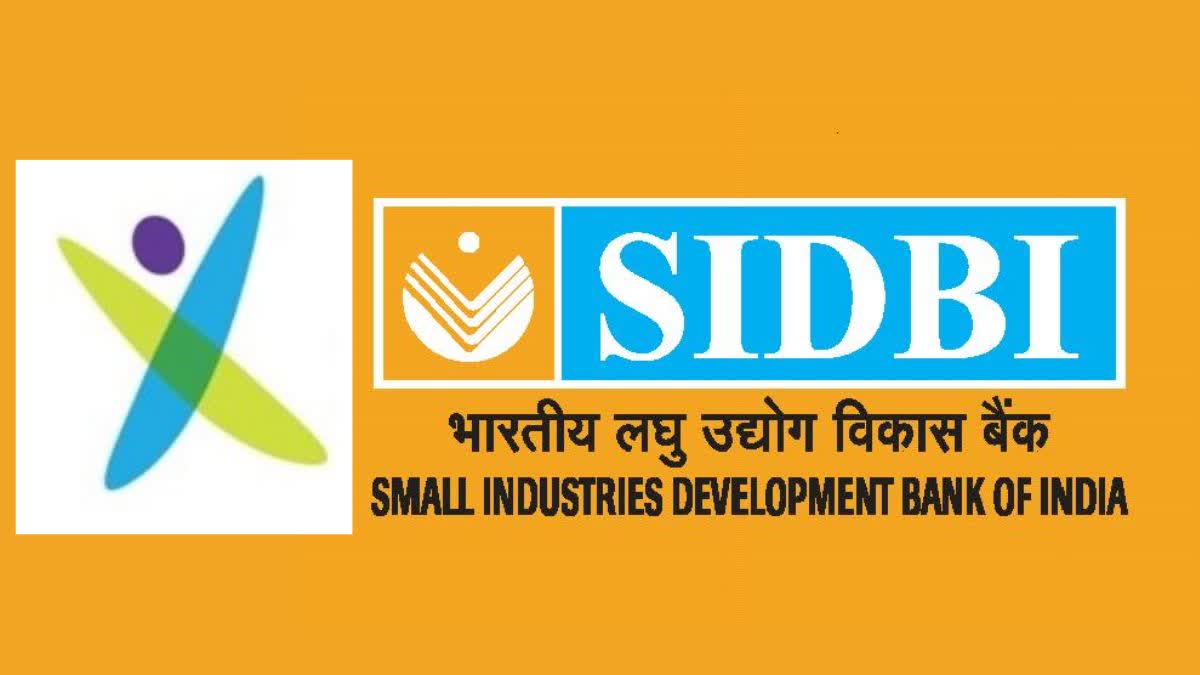The Small Industries Development Bank of India (SIDBI), has unveiled six de-risking measures to accelerate India’s electric two and three-wheeler adoption to reduce investors’ risks in the EV ecosystem and give impetus to financing options for electric two and three-wheelers with the broader goal of accelerating the country’s EV adoption at an even faster scale. Taking a deep dive into the deliberations on the EV ecosystem as well as to leverage the Indian experience for replication, the SIDBI’s ‘de-risking lending for a brisk EV uptake’ report under guidance of NITI Aayog and with Rocky Mountain Institute (RMI) as a knowledge partner, was launched at the ‘Transforming Transportation 2024’ conference in Washington, D.C. and is an outcome of aspirational interaction with 1000+ stakeholders.
The report outlines six de-risking measures as solutions for converting challenges or risks into brisk opportunities. It details how two types of de-risking measures can reduce risk and redistribute liability to build EV market confidence and suggests private sector initiatives can mitigate expected losses for financiers, paving the way for favourable EV lending terms. The report advocates for three fundamental pillars — risk mitigation through financial products tailored to electric two and three-wheelers (e-2/3W), standardised eligibility criteria for OEMs and financiers, and third, institutionalisation of de-risking measures (DRMs).
The first set of measures refers to general measures such as building a comprehensive collections system incorporating digital and cash payments and reminders implementing a robust repossession system for swift EV retrieval and encouraging customers to opt for comprehensive insurance with EV-specific coverage for enhanced asset protection. The second set of measures tailored to the EV market includes leveraging telematics data to evaluate borrower income potential, track location in case of default, and monitor battery health,(developing the secondary sales market and bolstering product quality assurance through warranties, service contracts, and financial agreements between OEMs and financiers.
The identified de-risking measures can have a significant financial impact by reducing operating costs, minimising expected losses, and improving transparency in the e-2/3W market. Measures like digitalising collections and streamlining repossessions aim to lower financier operating costs. Maintaining high EV product quality and establishing a robust secondary market is crucial to mitigate anticipated losses. On the other hand, telematics data offers timely insights into vehicle operations, serving as early warning indicators for potential defaults. Additionally, combining telematics data with efficient repossession teams facilitates quick retrieval of defaulted EVs and optimises resale values by providing insights into battery health for residual value tracking.
Strategic partnerships between the NITI Aayog, SIDBI, World Bank, Korea World Bank Partnership Facility, and the Korea Economic Development Cooperation Fund are paving the way for accessible EV financing through engaging in the design of an EV lending facility and the identification of market-enabling de-risking measures to ignite electric two and three-wheeler adoption. Says Sivasubramanian Ramann, SIDBI Chairman and Managing Director, “SIDBI, through its initiatives such as the Mission 50K-EV4ECO, is committed to scaling the market for electric two and three-wheelers by offering loans to small emerging NBFCs that serve last-mile EV adoption and MSMEs looking to acquire EVs and establish charging infrastructure.”
The small industry financier also intends to incentivise financiers to adopt de-risking measures by offering lower fees on the partial credit guarantee and lower interest rates on the concessional loan to those banks and NBFCs demonstrating the use of the de-risking measures. These initiatives complement the government’s national electric mobility mission and by creating a ripple effect, reducing perceived risks of lenders, and increasing adoption of EVs across the country. Ramann also looks forward to leveraging its learning in managing risk-mitigant models including EV RSF 2-3W to shape risk-mitigant models for electric four-wheelers, buses, trucks, and other emerging segments such that the EV ecosystem evolves sustainably.

